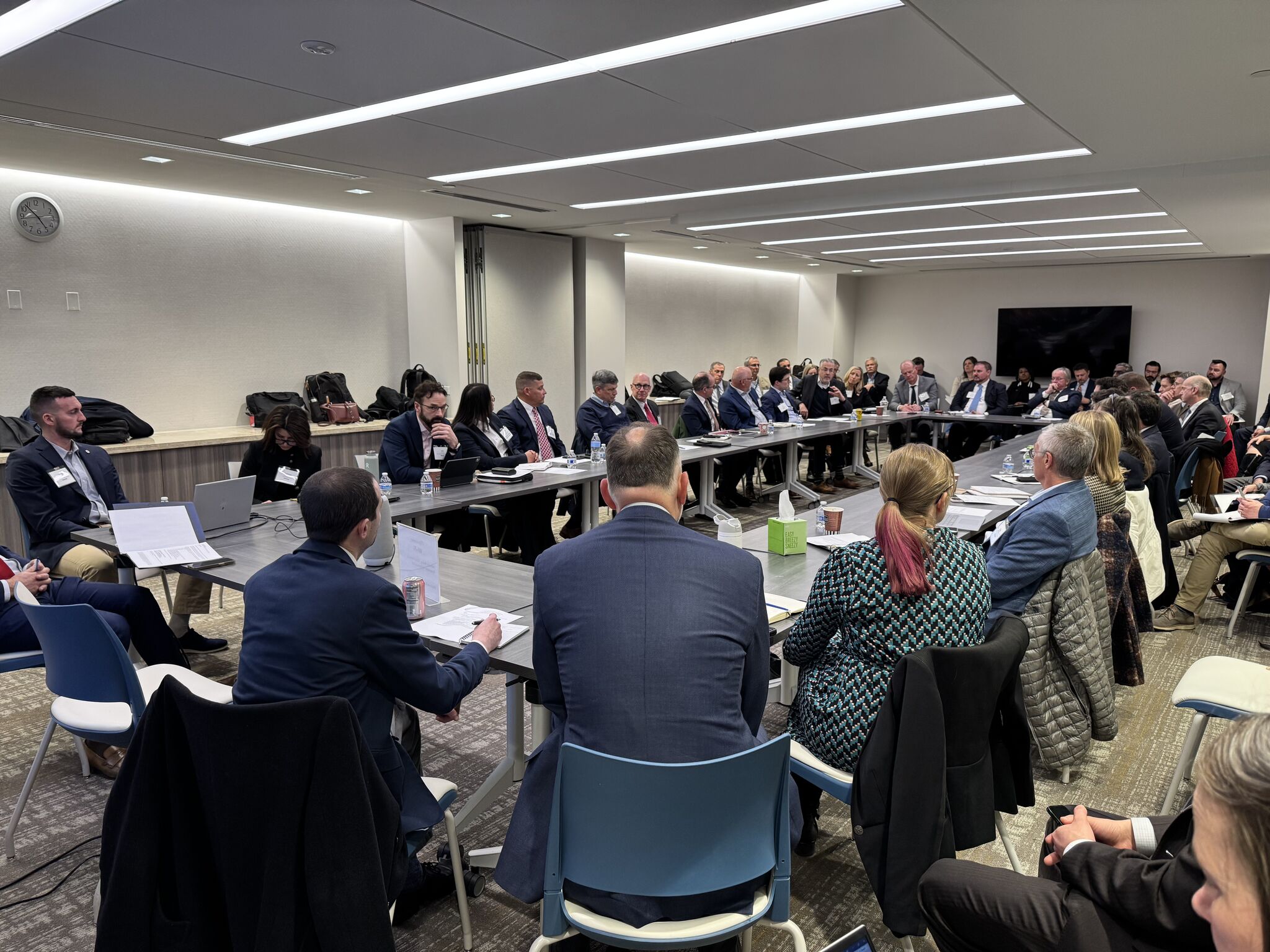US steel industry sees boost from CHIPS Act, infrastructure bills
A US law aimed at boosting computer chip manufacturers is providing a lift to steelmakers supplying the construction industry, executives said on earnings calls and analysts told S&P Global Commodity Insights.
Not registered?
Receive daily email alerts, subscriber notes & personalize your experience.
The US CHIPS and Science Act, signed into law in August 2022, includes over $50 billion in direct incentives for activities including semiconductor manufacturing, with a 25% investment tax credit for capital expenses.
Since the beginning of 2022 through April 2023, real spending on construction for computer, electronic and electrical manufacturing nearly quadrupled, making it the dominant component of US manufacturing construction, with the CHIPS Act spending a key contributor to that jump, according to a US Treasury Department analysis released in June 2023.
The law’s effects on the domestic steel industry are expected to be relatively brief as factories get built, but steelmakers see longer-lasting benefits on the horizon via two other laws passed during the Biden administration: the Bipartisan Infrastructure Law and the Inflation Reduction Act. The two laws are expected to drive further industrial construction while also increasing production of electric vehicles and other specialty items, broadening the benefits to more of the steel industry.
But the CHIPS Act is pumping in the money now.
“There has certainly been a benefit to steel and other construction materials [from CHIPS] right now; the factory construction boom is very real,” said Scott Paul, president of business and labor group the Alliance for American Manufacturing. “All of those places where the construction of these chip fabrication facilities are underway are bringing in demand for steel and other construction materials.”
Construction spending takes the lead
The US Commerce Department’s CHIPS Program Office has announced approximately $1.7 billion in preliminary grant awards and $1.6 billion in preliminary loans so far, according to the Semiconductor Industry Association, a chipmakers group. In 2005–2022, annual US real spending on manufacturing construction averaged $84 billion, based on seasonally adjusted annualized US Census Bureau data, the Treasury Department said. For January through April 2023, that figure shot up to $166 billion on a seasonally adjusted annualized basis.
“If you are selling to these [chips] plants, you’re doing great, but it’s not a broad, widespread overall benefit,” said John Anton, director of pricing and purchasing at S&P Global Market Intelligence. “[CHIPS Act funding] is a big benefit to a narrower group.”
Major US steel producers are taking notice.
“From a standpoint of the [Inflation Reduction Act], CHIPS, and the Infrastructure [Investment and Jobs] Act, there’s more activity going on, on the energy side with the IRA and also with CHIPS. … We’re active in shipping to multiple CHIPS plants that are under construction today,” Daniel Needham, commercial executive vice president at US steel producer Nucor, said during the company’s fourth-quarter earnings call Jan. 30. “What I would say is, some of the headwinds, we see the peak of those activities in the volume and demand coming in the next few years.”
Steel prices up compared with historical ‘norms’
Supported by demand in the construction sector and relatively higher scrap pricing, US rebar prices have continued to hold above historic levels, with less downward pressure so far in 2024 than on prices in the hot-rolled steel coil market.
Platts, part of S&P Global Commodity Insights, assessed US Midwest rebar at a midpoint of $832.50/st ex-works March 1, 21% above an average price of $687 per short ton in the period of 2017–2021.
The US steel industry could experience further demand from the semiconductor industry if domestic requirements are attached to CHIPS Act funding decisions, experts said.
The US Build America, Buy America Act established a domestic content preference for all federal support of infrastructure projects beginning May 14, 2022. The law singles out key construction materials such as iron and steel that agencies should source from domestic producers when supporting infrastructure projects, where possible. The Build America, Buy America Act was enacted as part of the US Infrastructure Investment and Jobs Act, the formal name for the Bipartisan Infrastructure Law, signed into law November 2021.
Although initial notices of funding opportunities from the Commerce Department for CHIPS Act facility and equipment incentives do not directly reference “Buy America” requirements, they do direct applicants to describe how they will use domestically produced iron, steel and construction materials.
“In the CHIPS Act, there was no firm requirement that these private companies have to use American steel necessarily, but in the notice of the funding opportunities, there was a battery of questions related to sourcing of materials like steel … which was strongly suggesting that they may look at basically the economic impact that a funding decision is going to make on other industries that are downstream or upstream suppliers as well,” the Alliance for American Manufacturing’s Paul said.
Long-term impact in downstream
Although semiconductor manufacturing facility construction could result in increased US steel demand in the short term, long-term impacts are likely to be concentrated in downstream sectors such as the automotive industry, experts said.
“If automotive manufacturers know that there’s not going to be any major chip shortage anytime soon, they can map out their production schedules and they can map out their purchasing and procurement requirements of steel well in advance,” Bell said, referencing key semiconductor supply chain shortages during the COVID-19 pandemic. “That creates a lot of predictability and stability for steel producers and for steel end users as well.”
The effect of the CHIPS Act on the domestic steel industry will ultimately rely on how many projects come into force through its funding, Market Intelligence’s Anton said.
“When it winds up, I don’t know what is going to replace it,” Anton said. “That is a real question, how many more battery plants do you need? How many more chip plants do you need? So this is something to pursue [for businesses], but it’s something to make sure you have a plan for when it is over.”
And steelmakers can look forward with optimism to the additional spending expected from the IRA and Bipartisan Infrastructure Law, both of which will support more construction and more production of specialty products.
“Enabled by legislation like the Bipartisan Infrastructure Law, the CHIPS Act and the Inflation Reduction Act — what we like to call the Manufacturing Renaissance Act — the United States is experiencing a once in a generation onshoring boom,” US Steel CEO David Burritt said during the company’s third-quarter earnings call Oct. 27. “The deglobalization boom means US Steel’s nearly 123-year history of producing steel that is mined, melted and made in the USA is paying significant dividends, with more to come and significant room for continued growth in North American steel demand.”
Related
How SenseiNode Is Building Proof-of-Stake Infrastructure in Latin America
A lot of attention is paid to the decentralization of the Bitcoin network.Bitcoin miners should set up shop in a number of different jurisdictions in order to p
The Infrastructure of Racial Justice Is Under Attack. We Must…
President Donald Trump began February with a proclamation that Black History Month offered “an occasion to celebrate the contributions of so many Black Am
Bomb threat found “non-credible”: American Airlines after Delhi-bound flight diverted…
American Airlines has said that the "bomb threat on board", due to whi
Big infrastructure investment plans take shape in America
Amtrak and dozens of major industry partners representing construction, manufacturing, rail supply, engineering, and other sectors convened for an industr













